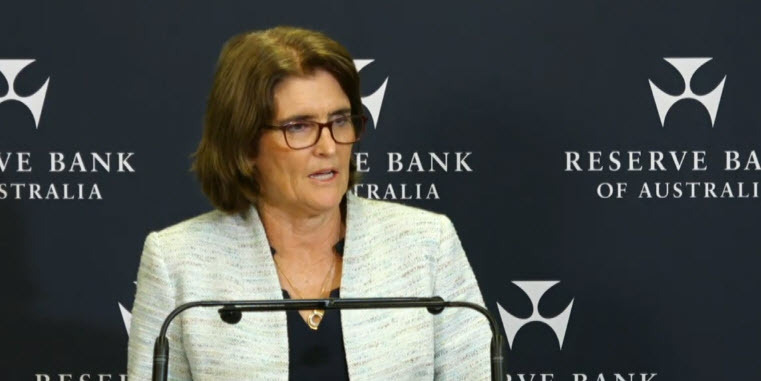A light week lies ahead, as is usually the case following the NFP report. On Monday, the U.S. will release the final services PMI and the ISM services PMI.
Tuesday's focus will shift to Japan, where we'll get data on average cash earnings y/y and household spending y/y. Additionally, in Australia the RBA will announce its monetary policy decision.
Wednesday will bring employment change q/q and the unemployment rate for New Zealand, along with the BoC summary of deliberation for Canada. On Thursday, New Zealand will release its inflation expectations, and the U.S. will report on unemployment claims.
The week will conclude on Friday with Canada announcing its employment change and unemployment rate. Throughout the week, several FOMC members are expected to deliver their remarks.
In the U.S., the consensus for the final services PMI is 56.0, unchanged from the prior 56.0. The ISM services PMI is expected to rise from 48.8 to 51.4.
The latest data for the ISM services index were mixed, slipping into contractionary territory in June for the second time this year. This week’s print is likely to show a return to expansion. However, if the data comes in below expectations, it will strengthen concerns about the U.S. economic outlook, signaling that the high rates are putting pressure on the sector.
In Japan, all eyes will be on the labor cash earnings data. Wage data, along with inflation, will be key in anticipating what the BoJ will do next regarding rate increases. The market currently expects a rate hike in October followed by another one in January next year.
As a reminder, Japan's labor unions secured a historically high average wage increase of 5.1% for fiscal year 2024 during the spring wage negotiations and policymakers are closely watching how this influences monthly wage figures in relation to prices, as well as its impact on income and spending. The expectation for average labor cash earnings y/y is to increase to 2.3% vs. the previous 2.0% in May. Household spending y/y is anticipated to contract at -0.9% vs. -1.8% prior.
At this week's meeting, the RBA is expected to keep its monetary policy unchanged at 4.35% and to deliver its latest economic projections. The Bank is also likely to reiterate its concerns regarding elevated levels of inflation.
At the previous meeting, the RBA had a hawkish tone, highlighting the focus on services inflation, which is the main problem at the moment, and stressed that it might take longer than anticipated to reach the desired target.
Economic growth has been somewhat weak in Australia lately, but the Bank's focus will be on the persistent inflation trend. For now, the market doesn't expect a rate cut before the end of the year as it needs to see sustained change.

In New Zealand, attention will be on the labor market data, which has been weakening recently. The outlook for the near future is not very promising, with potential job losses on the horizon. Analysts anticipate the unemployment rate to increase from 4.3% to 4.7% and expect slower wage growth, which is already decelerating. However, this slowdown might not be clearly visible in Q2 data due to the impact of public sector pay agreements.
The RBNZ will be monitoring the two-year inflation expectation survey, which previously printed at 2.3%. The figure is expected to drop further, but to remain above the 2% value. A reading lower than that would support an earlier rate cut scenario, according to Westpac analysts.
In Canada the focus is now on the labor market data, which has been showing signs of softening. The unemployment rate is currently at 6.4%, and analysts expect it to rise to 6.5% in this week's report. The BoC has already implemented two rate cuts, and another one is likely at the September meeting, especially if the labor market data is weak.
The only thing that can support the Canadian dollar this week is if the BoC's summary of deliberations express concerns about the recent CAD depreciation.
Wish you a profitable trading week.

